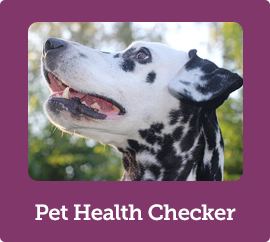
Spaying or neutering your pet reduces the number of animals euthanized in animal shelters each year, can improve your pet’s health, reduce unwanted behaviour, and can save on the cost of pet care.
Spaying is an ovariohysterectomy, which means that both the ovaries and the uterus are removed. Ideally this surgery is done around 6 months of age prior to a dog or cats first heat cycle. Spaying reduces the chance of a female dog or cat developing mammary cancer or pyometra, and having un-wanted litters. A female dog that is spayed before her first heat cycle will have a minimal chance of developing mammary cancer. Pyometra is a uterus abscess infected and filled with pus. It is considered to be a serious and life threatening condition that must be treated quickly and aggressively. One of the known causes of pyometra in dogs is the repeat exposure to estrogen and progesterone during their normal heat cycle. Intact, older female dogs that have never given birth are at a higher risk of developing pyometra. Allowing your dog or cat to go through its heat cycles without being bred has been shown to increase the chance of pyometra. Therefore, spaying your dog or cat is the best form of prevention.
Neutering is the surgical removal of a male dog or cat’s testicles. This surgery is performed for the purposes of population control, for medical health benefits, genetic-disease control and behavioral modification. Neutering prevents dogs and cats from developing testicular cancer and the risk of prostate problems are reduced. Inappropriate behaviours such as mounting, roaming, urine marking and aggressive behaviours are also significantly reduced. Neutering can be done at any age, although most veterinarians recommend neutering around 6 months of age.
Spaying and neutering prevents the contribution to the animal shelters that are over-populated with many healthy dogs and cats waiting to be adopted. There are many myths and controversy surrounding the topic of spaying and neutering, getting the facts and doing research will help inform you of the reasons to spay or neuter your dog or cat.




